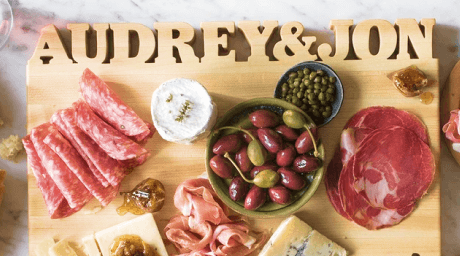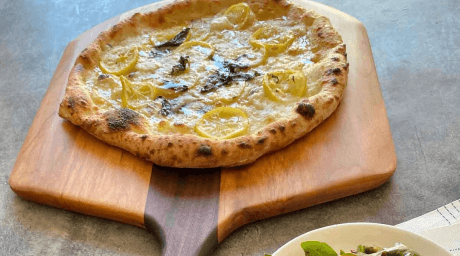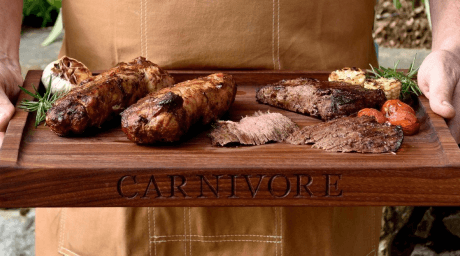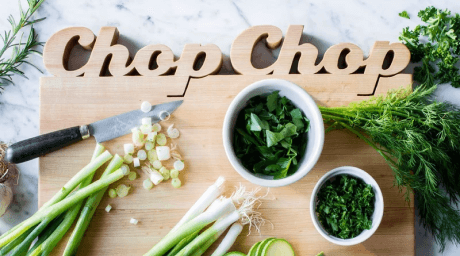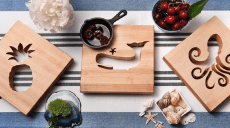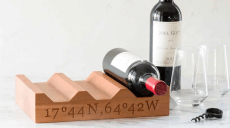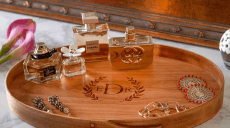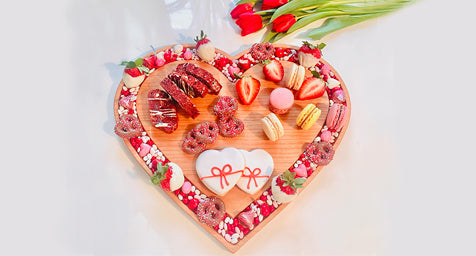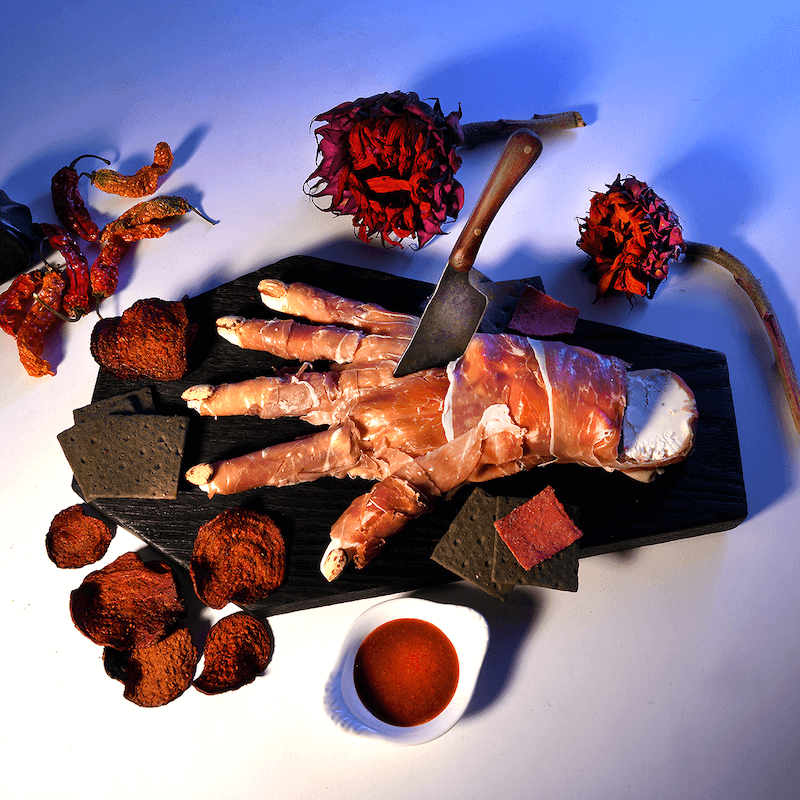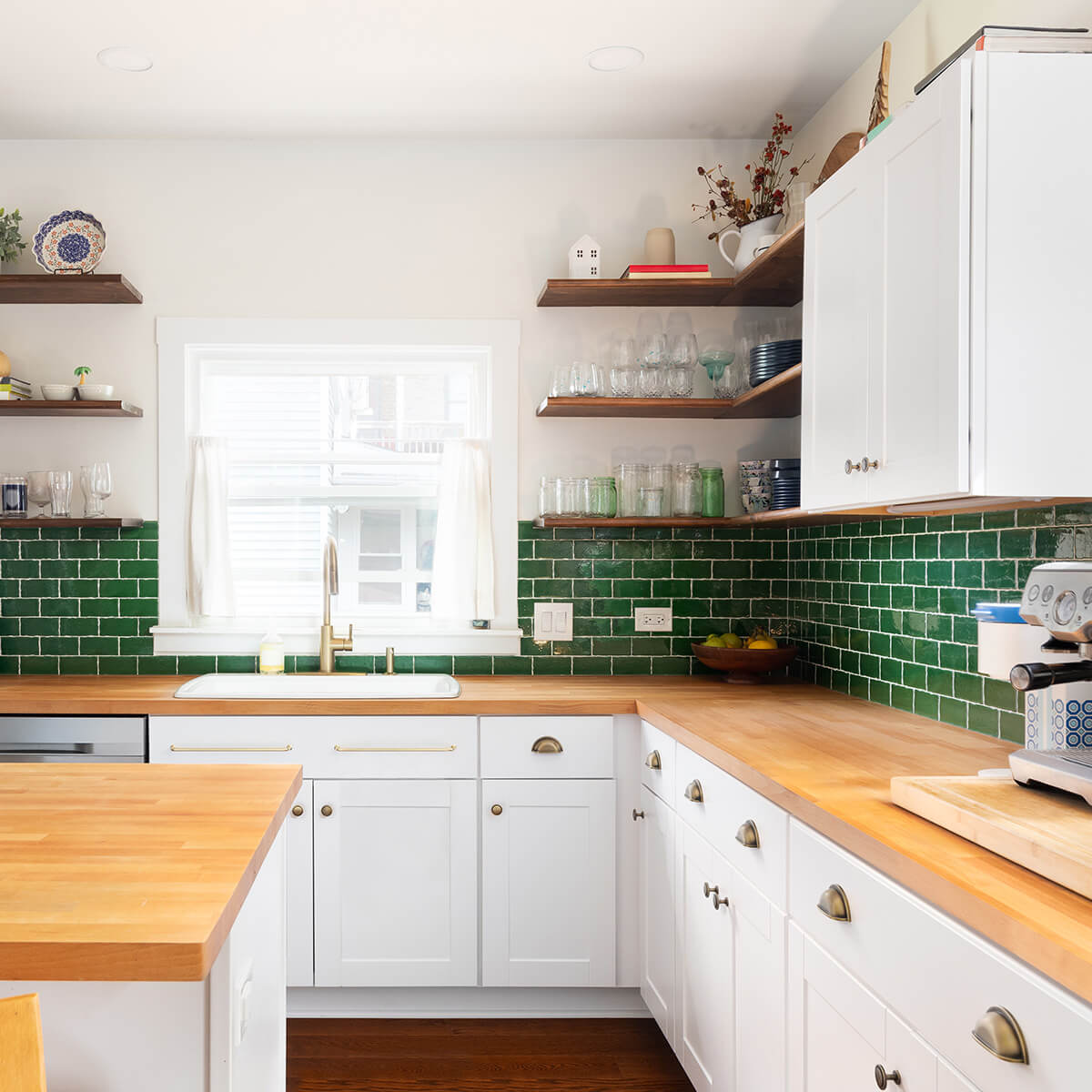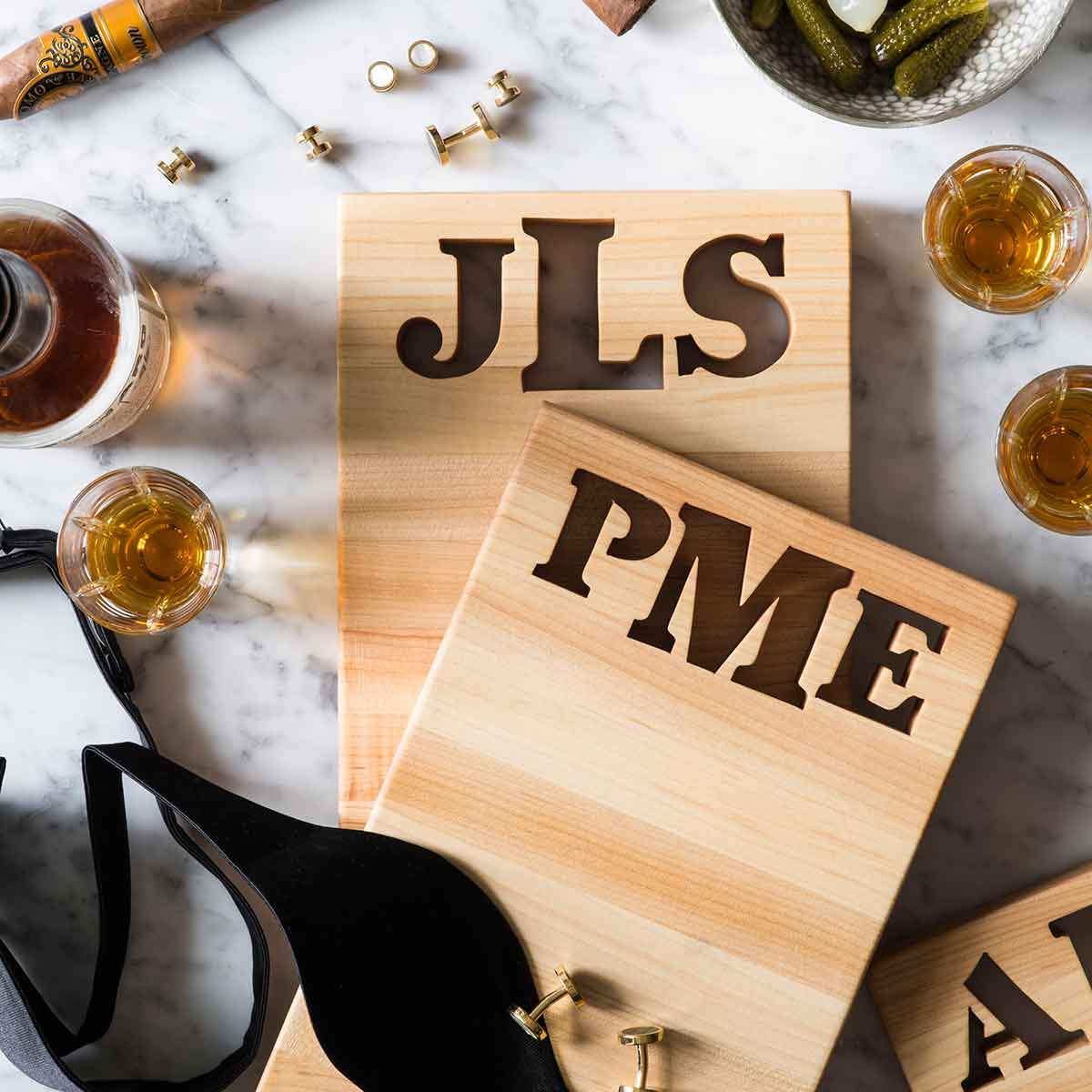Wooden Cutting Boards: How to Prevent Cross Contamination
February 07, 2020 5 min read

We often get questions from customers asking how to prevent cross contamination when using our personalized cutting boards. There is no short answer to this question. It's all in the cleanliness of not only your cutting board but everything it touches.
How to Prevent Cross Contamination When Using Cutting Boards
Not everyone is used to using a wooden cutting board so a little education on wood cutting board care is usually in order.
Since our cutting boards are wood and you can't put a wood cutting board in the dishwasher without it falling apart one would come to the conclusion that a wooden cutting board is a harbinger of bacteria. This is false. Wooden cutting boards, when cleaned properly (keep reading), can be safe without putting them in the dishwasher. My entire life has revolved around using wood to cut on and eat off of and I have never gotten sick from bacteria living on a wood cutting board or plate. There have been some studies that show bacteria will soak into the wood and the wood fibers will suffocate and kill them.
Cross contamination occurs when you don't clean and sanitize everything that comes into contact with your board. Other examples of cross contamination include:
- Cutting raw meat and vegetables on the same cutting board without sanitizing it in between uses.
- Chopping almost rotten or unclean fruits and vegetables.
- Your board has seen better days and cracks and deep cuts have started to form.
The good news is, all of this is preventable!
There is a lot of information spread out over many sites about how to prevent cross contamination while using cutting boards. I've done the research for you and break down what works and what is myth, as well as proper wood cutting board care practices to help nip contamination in the bud.
Clean Anything and Everything That Comes in Contact with Your Cutting Boards
If you want to keep your cutting boards bacteria free you will also need to keep your hands, counter, utensils, and sponge clean to prevent cross contamination.
Here's how:
- Wash your hands with soap and hot water before and during meal prep. If you stop to go to the bathroom or pet your dog/cat, wash your hands again.
- Your cutting board will sit on the counter so if this isn't clean neither will your cutting board. Wash your counter tops with a sanitizer before meal prep. If you are looking for an eco-friendly way to sanitize your counters vinegar or hydrogen peroxide will do the trick according to this Ohio State report. Also, avoid putting bags, purses, backpacks, etc. on the counter.
- Make sure the utensils you use for meal prep are cleaned with hot water and soap.
- Put your wet sponge in the microwave for 1 minute or run through the hottest setting in your dishwasher to kill 99.999% of bacteria.
That's not all you'll need to clean. Did you know harmful bacteria can hide on raw fruits and vegetables? You will need to wash your fruits and veggies before they hit the cutting board to prevent cross contamination.
Here's how:
- Start by buying produce that doesn't look like it has fallen on the floor or been banged around too much. You want the skin to be free of bruises.
- Store your fruits and vegetables separate from raw meat, poultry and seafood at the grocery store and at home.
- Thoroughly rinse your fruits and vegetables (use a scrub brush, if needed) even if you aren't planning on eating the skin. This will prevent the bacteria from getting into the flesh when you cut into it or transferred onto your cutting board.
How to Properly Clean Your Cutting Board to Prevent Cross Contamination
Now that you know cross contamination occurs when unclean food items or kitchen tools come into contact with your cutting board, it's time to talk about how to clean the board itself.
Your cutting board should be cleaned after food prep so that it is ready to use for the next time you cook or bake.
A wood cutting board, which in my opinion is the best cutting surface to cut on, you will need to wash it with mild soap and warm water. Yes, you can effectively wash away germs with just soap and water, the dishwasher is not the only way to clean a cutting board.
There are some people who say you can use hydrogen peroxide, lemon, vinegar or salt but really the best way to clean a wood cutting board is with good ole soap and hot water. This has never let me down.
The USDA recommends using one cutting board for raw meat, poultry, seafood and another for produce to prevent cross contamination.
Even though our personalized cutting boards look different than most, you can clean them the exact same way. If food particles get stuck in the letters use your sprayer with the water on high to get them unstuck. You can also use a toothpick.
How to Prevent Cross Contamination Frequently Asked Questions
What are the most common examples of cross contamination?
Remember that cross contamination occurs when bacteria is unintentionally passed from one surface or food to another.
I've already listed a few, but here are some more examples of cross contamination:
- Raw meat to ready-to-eat foods: When juices from raw meat come into contact with cooked or ready-to-eat foods, like salads or fruits.
- Dirty hands and utensils: Touching contaminated surfaces or objects and then handling food without washing your hands or cleaning your utensils.
- Cutting boards and kitchen tools: Using the same cutting board or tools for both raw and cooked foods without cleaning and sanitizing them.
- Food storage: Storing raw and cooked foods together, which allows germs to transfer.
- Improper food handling: Touching your face, hair, or other non-food items without washing your hands before handling food.
What should I do if my wooden cutting board has deep grooves or cracks?
It means it's time for a new board! While it's true that our wooden cutting boards last for years on end, if they start to crack it's a good idea to replace them. Cracks and deep grooves are like breeding grounds for bacteria, which will increase the chance of cross contamination.
Can I prevent cross contamination with cutting board oil?
Cutting board oil can help maintain the integrity of your board, but it isn't your best bet for preventing cross contamination. Proper wood cutting board care, sanitizing it after ever use, and using different boards for different types of food are a lot more effective.
That said, you should apply a food-safe cutting board oil to your board every few weeks to keep it in tip-top condition. It will be a lot easier to clean and maintain too!
Leave a comment
Comments will be approved before showing up.
Also in Stories
Subscribe
Sign up to get the latest on sales, new releases and more …
Recent Articles
-
Halloween Charcuterie Boards: Entertaining Ideas
October 14, 2025
-
Pros and Cons of Wood Countertops
June 16, 2025
-
Wood Anniversary Gifts for Him
March 06, 2025
-
Monogrammed Charcuterie Board
February 12, 2025
-
Cutting Board Size - Choose The Right Size For Every Kitchen Task
January 26, 2025
-
Creating a Delicious Charcuterie Board with Bee Inspired Honey
November 29, 2024
-
Best Cutting Board Material: Wood or Plastic - Everything You Need to Know
June 24, 2024
-
Why Is It Called a Lazy Susan? - The Origin of the Name
June 21, 2024
-
5 Year Anniversary Symbol: Why is Wood the Gift?
June 13, 2024
-
What Makes a Great Walnut Cutting Board
June 13, 2024


